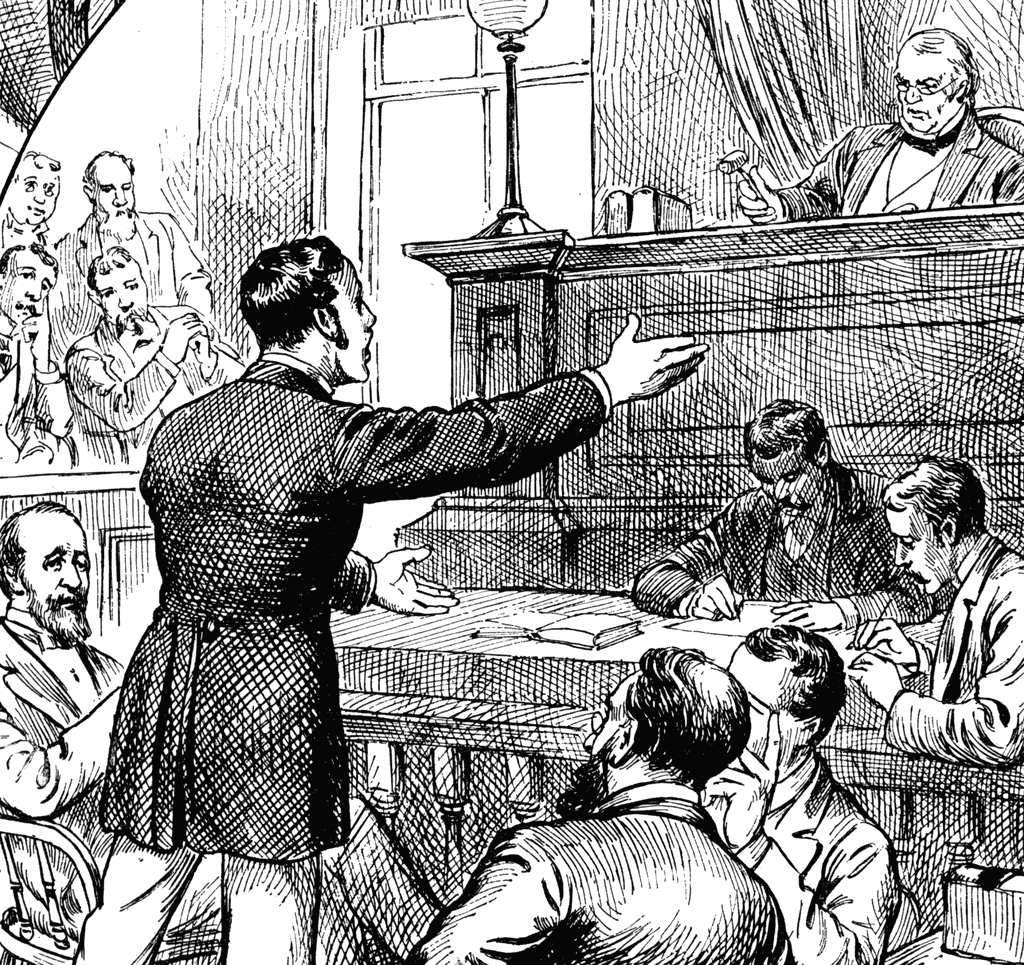July 23, 2007
Who Gets Exonerated?
More than 200 U.S. prisoners who were serving time for crimes they didn't commit have been exonerated by DNA evidence. According to a story that's sadly behind the New York Times pay-wall, Brandon Garrett, a law professor at the University of Virginia, decided to examine each of those cases in detail, and found that "the evidence used to convict them was at least flawed and often false--yet juries, trial judges and appellate courts failed to notice."
 Here's the breakdown: 79 percent of those cases featured erroneous eyewitness testimony, which, in a quarter of cases, was the only evidence presented. In 55 percent of the cases Garrett looked at, bad forensic evidence was introduced. Some 18 percent of the cases relied on informants who weren't telling the truth--in three of those instances, the informant actually turned out to be the guilty party. And 16 percent of the cases involved false confessions, with two-thirds involving "defendants who were juveniles, mentally retarded, or both."
Here's the breakdown: 79 percent of those cases featured erroneous eyewitness testimony, which, in a quarter of cases, was the only evidence presented. In 55 percent of the cases Garrett looked at, bad forensic evidence was introduced. Some 18 percent of the cases relied on informants who weren't telling the truth--in three of those instances, the informant actually turned out to be the guilty party. And 16 percent of the cases involved false confessions, with two-thirds involving "defendants who were juveniles, mentally retarded, or both."On top of all that, it's also not uncommon for prosecutors to make mistakes, exaggerate evidence, or even commit fraud. Check out last year's San Jose Mercury News exposé on the "justice" system in Santa Clara County. Prosecutors engaged in questionable conduct in nearly 100 of the 727 cases examined, including withholding evidence, defying a judge's orders, or misleading juries. In about 100 cases, defense attorneys frequently neglected to do even the most basic investigations. And in 160 cases, judges failed to oversee trials impartially--allowing improper evidence, say, or failing to properly instruct juries.
A couple of other points from Garrett's study are noteworthy. One, the appeals process doesn't work very well: 30 of the 31 prisoners who appealed to the Supreme Court were turned down. Second, many prosecutors and courts oppose DNA testing. Third, those prisoners who are exonerated by DNA testing are, obviously, a small subset of all criminal cases—generally, those who are accused of rape--and the full universe of people who are wrongfully imprisoned is no doubt much, much larger.
